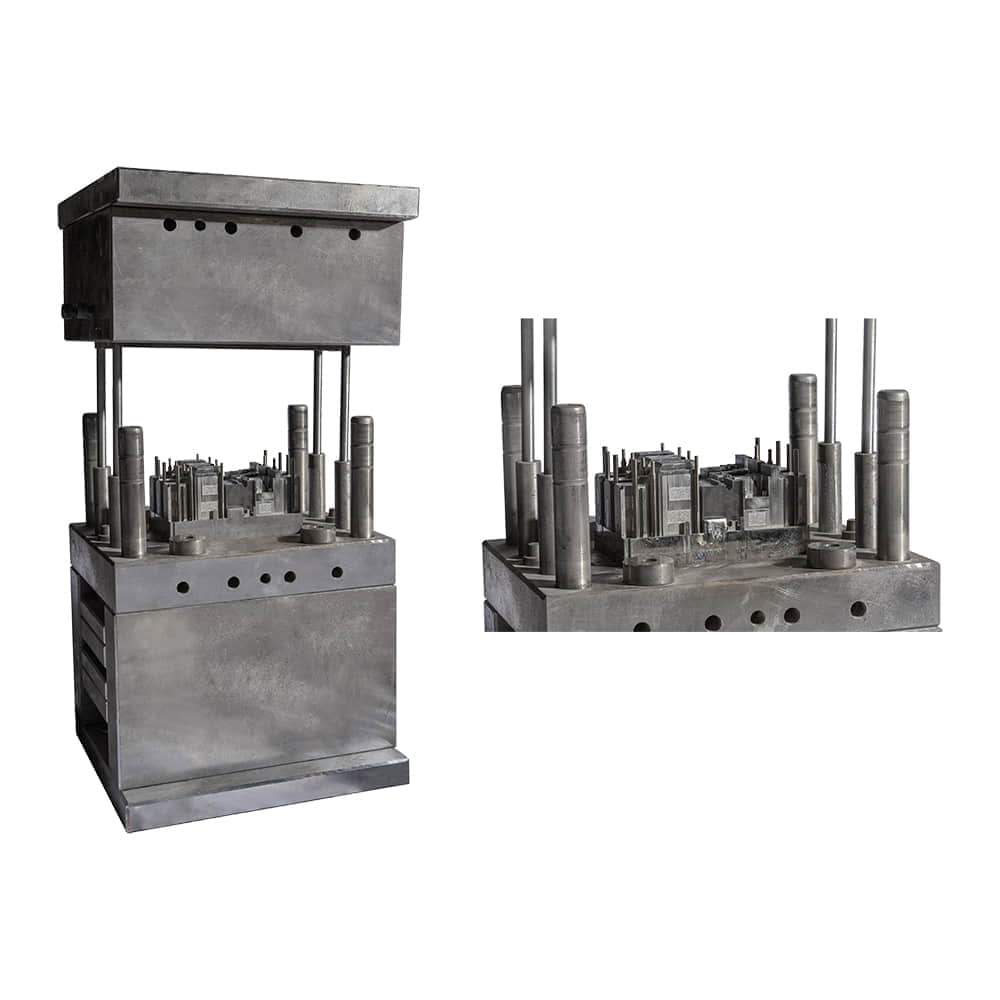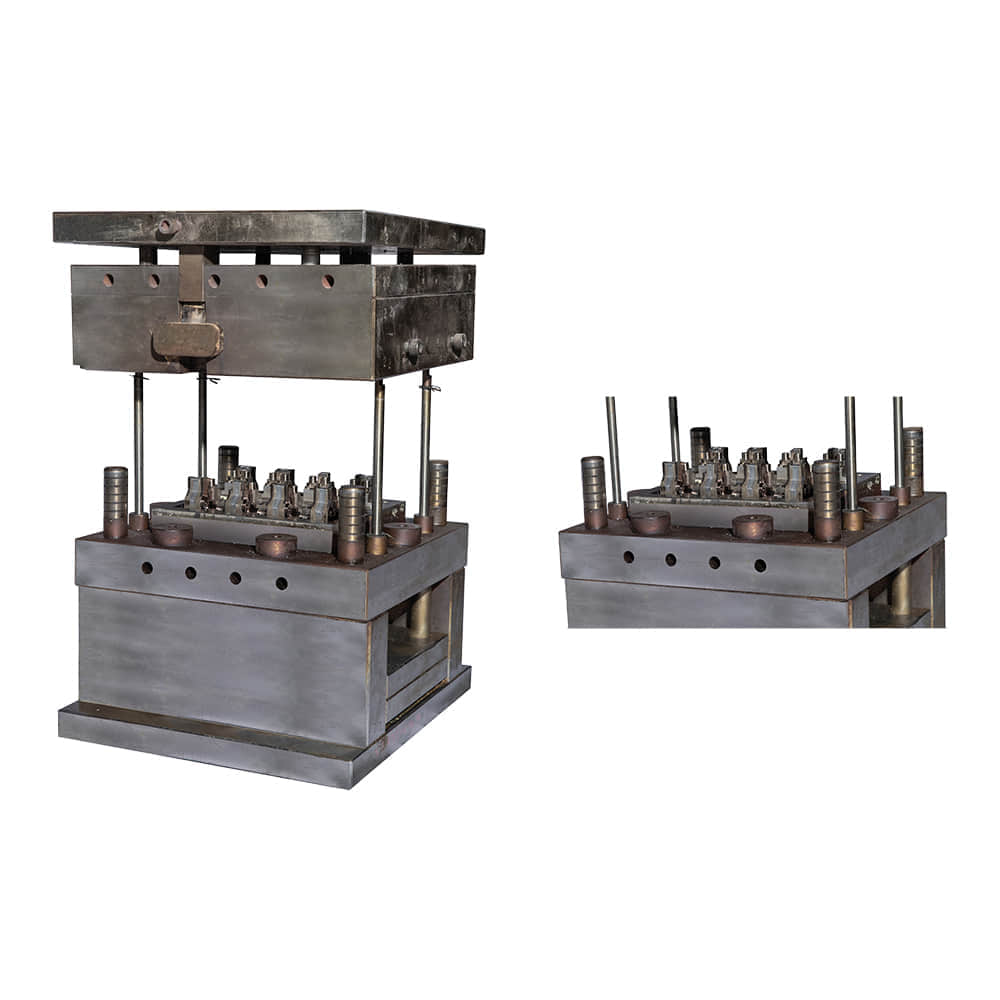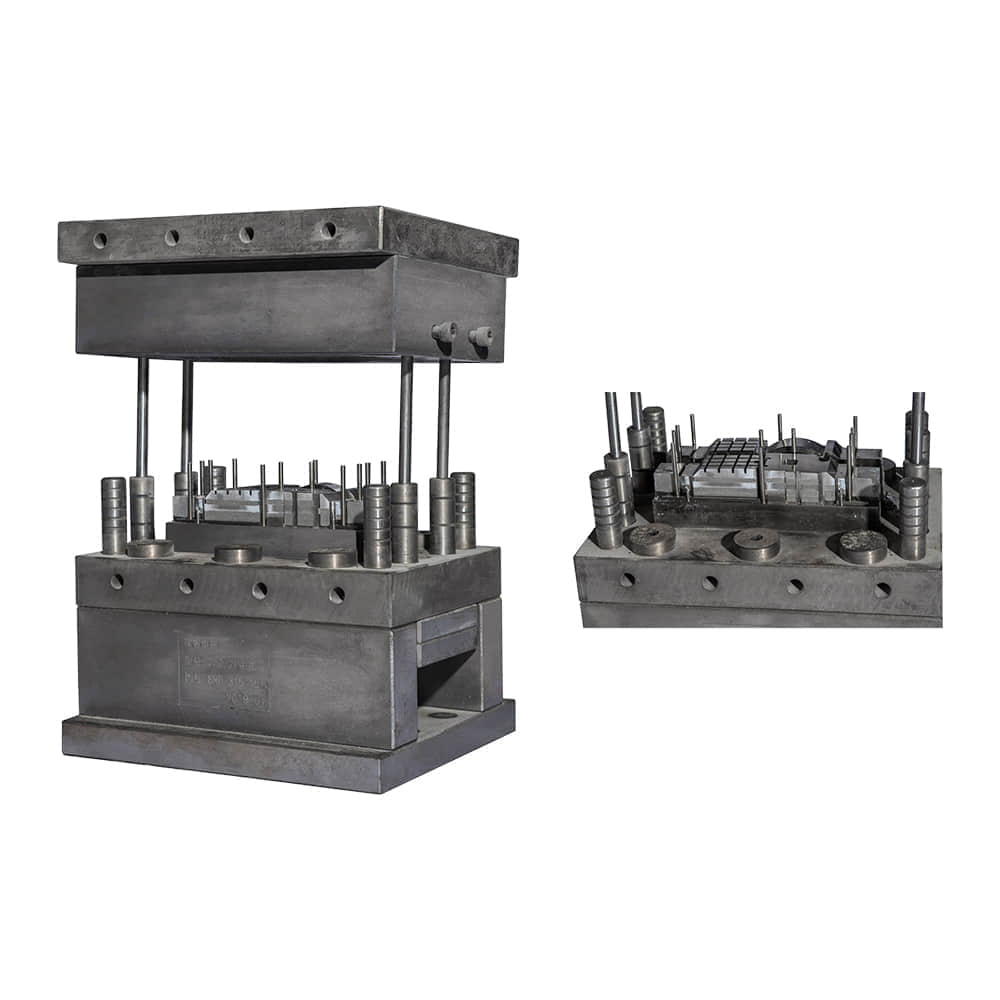Thermosetting Compression Moulding: Unveiling the Process and Applications

In the world of manufacturing, where precision and efficiency are paramount, various techniques have been developed to shape and mold materials into desired forms. One such technique is “Thermosetting Compression Moulding,” a process that holds great significance in the production of a wide range of products. This article delves into the intricacies of thermosetting compression moulding, shedding light on its process and diverse applications.

Understanding Thermosetting Compression Moulding Thermosetting compression moulding is a manufacturing process that involves the shaping of thermosetting materials, such as composite materials and plastics, into specific designs through the application of heat and pressure. Unlike thermoplastics, which can be re-melted and reformed, thermosetting materials undergo a permanent chemical change during the molding process, rendering them resistant to heat and offering enhanced mechanical properties. The process begins with the preparation of the raw materials, which are often in the form of granules, pellets, or powder. These materials are carefully selected based on their intended application and desired characteristics of the final product. Once the materials are prepared, they are placed into a preheated mould cavity. Pressure is then applied to the mould, compressing the materials within. Simultaneously, heat is introduced to initiate the cross-linking reaction within the thermosetting material. This cross-linking process, also known as curing, creates a rigid three-dimensional network structure, imparting strength and stability to the finished product. Advantages and Applications Thermosetting compression moulding offers a plethora of advantages that make it an attractive choice for various industries. Firstly, the resulting products exhibit high strength, dimensional stability, and resistance to heat, chemicals, and electrical conductivity. This makes them ideal for applications in aerospace, automotive, electronics, and even consumer goods. One of the notable applications of thermosetting compression moulding is in the production of composite materials for the aerospace industry. Components such as aircraft interior panels, structural parts, and engine components are often manufactured using this process due to its ability to create lightweight yet strong parts with intricate designs. In the automotive sector, thermosetting compression moulding finds its place in manufacturing parts like brake pads, clutch plates, and even body panels. The durability and heat-resistant properties of thermosetting materials ensure the longevity of these critical components under demanding conditions. The electronics industry benefits from this process by creating insulating materials for circuit boards and encapsulation of sensitive electronic components. The ability to customize the material’s properties according to specific requirements allows for the production of reliable and efficient electronic devices. Challenges and Future Prospects While thermosetting compression moulding offers numerous advantages, it also presents certain challenges. The curing process can be time-consuming, limiting the production rate. Moreover, the initial tooling costs can be relatively high, making it essential to carefully consider the scale of production. Looking ahead, ongoing research and development efforts aim to address these challenges. Advancements in materials science and process engineering may lead to more efficient curing methods and reduced cycle times. Additionally, innovations in mould design and manufacturing could help alleviate tooling costs, making the process more accessible to a broader range of industries. Conclusion Thermosetting compression moulding stands as a versatile and crucial manufacturing process with a broad spectrum of applications. Its ability to transform raw materials into robust, heat-resistant, and mechanically superior products makes it indispensable in industries ranging from aerospace to electronics. While challenges exist, the continued evolution of materials, technology, and techniques promises an even more streamlined and economically viable future for this molding process.
